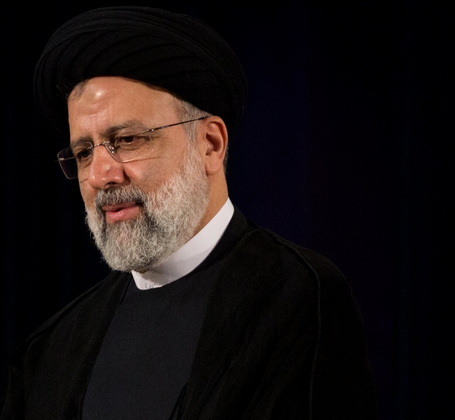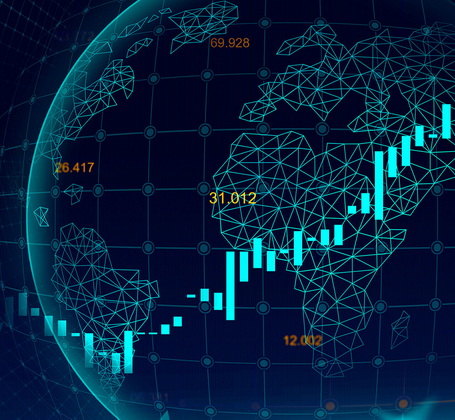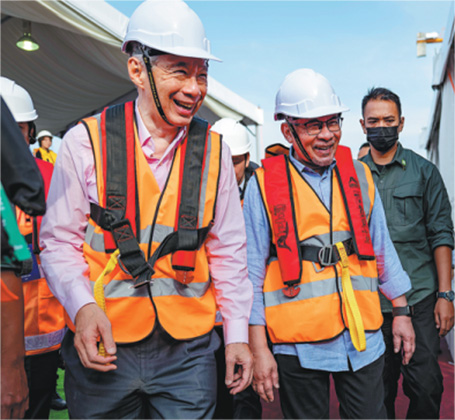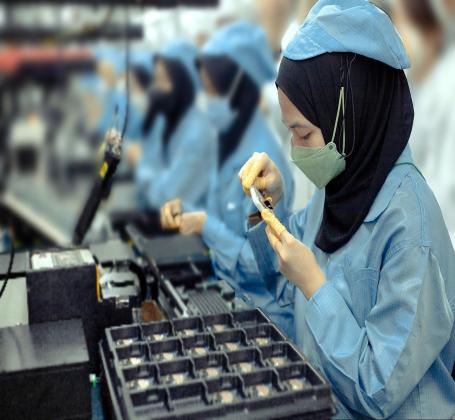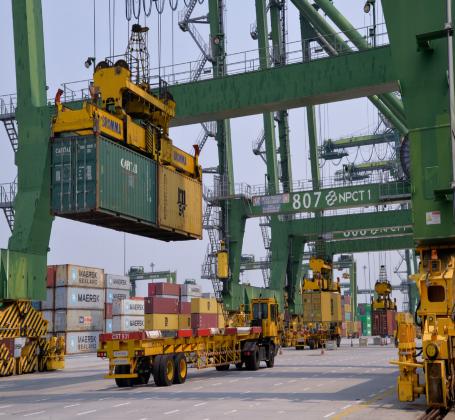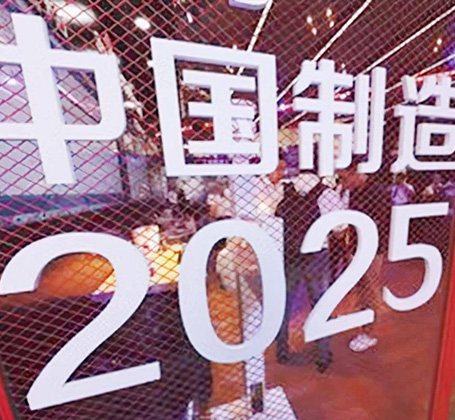Tragic Kidnapping of Two Chinese Executives in the Philippines Highlights Foreign Trade Safety Concerns
Recently, a heartbreaking piece of news has caused a huge uproar both domestically and internationally: Two foreign trade personnel were kidnapped during a business trip to the Philippines. After the kidnappers received a ransom of 3 million, they still cruelly killed the victims. According to insiders, the two victims belonged to two different medical device companies and were both mid-to-senior management personnel. They met a Chinese woman named "Li Na," who claimed to be a Philippine agent, at EuroPCR in May and were invited to the Philippines for a visit, hoping to further expand the overseas market. They were kidnapped right after getting off the plane and tragically met their demise. A Carefully Woven Trap There are many speculations about the incident. Both individuals were successful in their careers and were experienced and cautious, so why did they still fall into the kidnappers' trap? In the highly specialized and competitive medical device industry, every company strives for survival and development. Seeking new market growth points, going overseas has become the current choice for most medical device companies. Moreover, the medical device field is highly professional and closely linked with the government, making market entry barriers very high. However, at a professional exhibition, they encountered a carefully woven trap. The English used in the medical device industry is specialized and obscure. Attending professional conferences in Europe indicates that they must understand industry knowledge and have a high level of English proficiency. This incident also exposed the problem of verifying the identity of foreign clients. Domestically, clients' identities can be verified by requiring them to submit three certificates and other licenses. But abroad, there are no such licenses to judge clients' real identities and backgrounds. When a carefully arranged potential client (scammer) sends a luxury car to pick up foreign trade personnel to visit a well-connected big boss's house, would you really refuse? Safety First, Then Make Money Many people claim that this situation is unsolvable, saying that business trips to meet clients are normal in foreign trade. Past events are already gone, but they profoundly warn foreign trade personnel to always be cautious. Firstly, do not easily reveal your detailed itinerary to unfamiliar clients. For example, communication content should not specify the exact date, flight, or hotel information. Try to share your real-time location and information with colleagues, family, or friends. Secondly, ensure travel autonomy. Drive yourself (rent a car, hotel car service, regular taxi, ride-sharing with trackable trips) to visit clients, and avoid taking the client’s car. Finally, arrange meetings in office buildings or formal locations. Generally, whe...
View More

